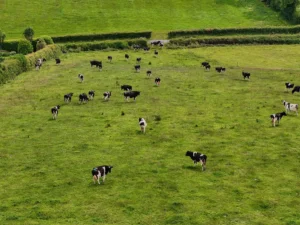
Cattle, greenhouse gases and the case for better methane metrics
Why the global warming potential of methane emissions from cattle production needs a closer look
If you bring up climate change, it won’t be long before someone mentions cows. More specifically, the methane they emit when they digest grass. There’s a lot of debate around the role of cows in global warming, but what often gets missed is that not all greenhouse gases work the same way. And understanding that difference changes the entire picture.
Let’s start with the basics.
Greenhouse gases warm the planet by trapping heat in the atmosphere. We need some greenhouse effect to survive, but too much of it sends temperatures climbing. The three primary GHGs impacting climate change are:
Each of these gases influences the climate differently — not just because of how long they last or how strong they are, but because of where they come from.
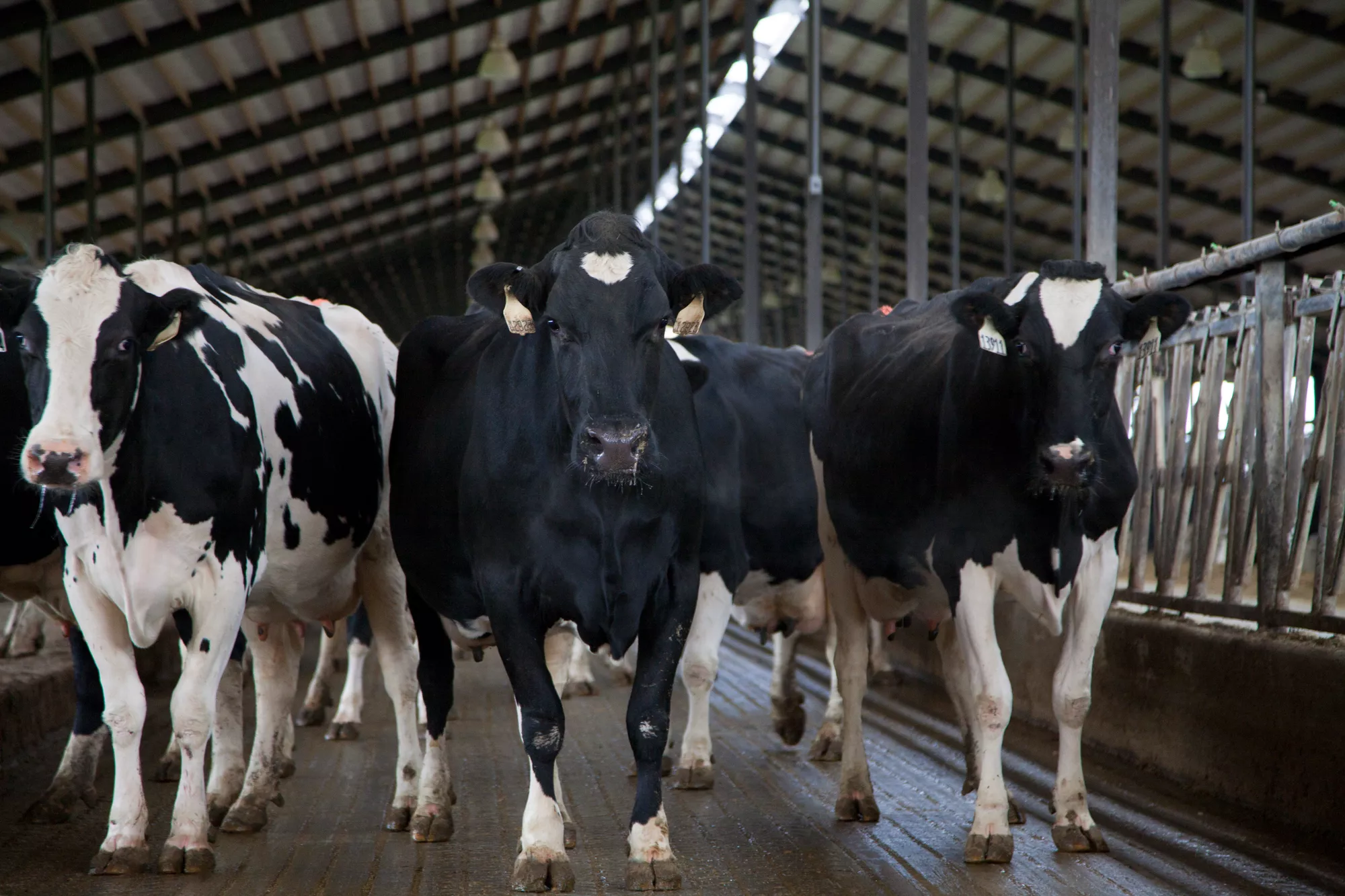
The critical difference is that methane from cows comes from biogenic carbon, which is carbon that cycles naturally through plants, animals and the atmosphere, while fossil fuels add ancient carbon that continues to build up, year after year. And when you compare the two side by side, the differences become clearer.
This natural cycle repeats in a continuous loop and has been part of Earth’s ecosystems for tens of thousands of years. It’s important to note, however, that in order for the biogenic cycle to remain balanced, plants and soil must be able to absorb carbon at the same rate it’s produced, which varies with geography and cattle populations. In regions where plant growth is limited or land is overused, biogenic emissions contribute to net carbon in the atmosphere.
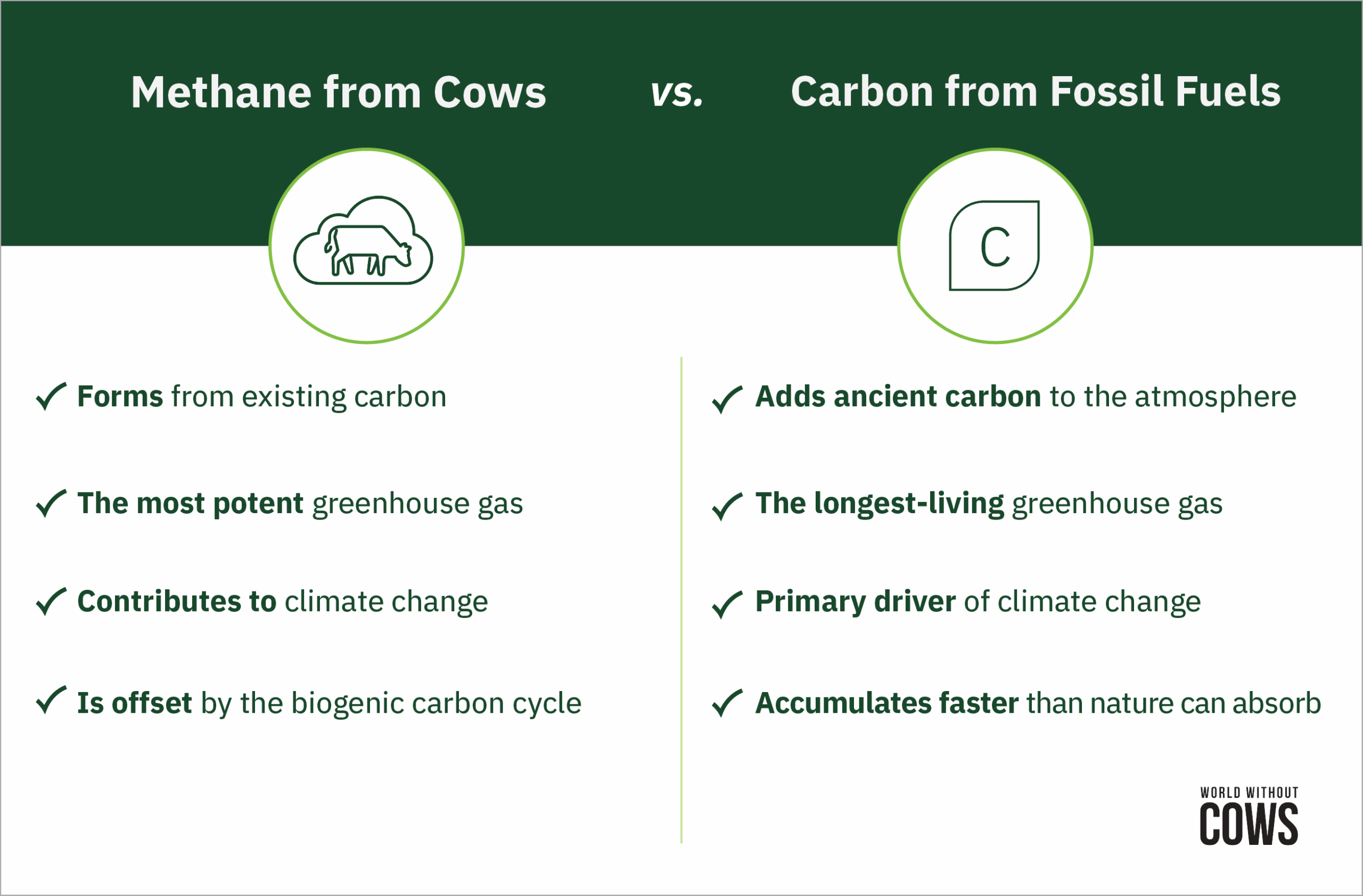
Carbon dioxide is the main reason our climate keeps warming, decade after decade. It stacks up because it doesn’t break down quickly. Methane is more intense in the short term but clears out much sooner.
That doesn’t mean methane doesn’t matter — it does. But when we talk about cows, climate and food, it helps to know how the natural carbon cycle works. This bigger picture gives us better ways to weigh solutions, from how we produce energy and nutrition to how we manage grazing and farmland.
The takeaway? Cows are part of a living carbon loop. Fossil fuels add new carbon that sticks around for centuries. Both need our urgent attention, but they are not the same story.

Why the global warming potential of methane emissions from cattle production needs a closer look

At COP30, the world’s eyes are on Brazil, and the cattle ranchers leading a global transformation.
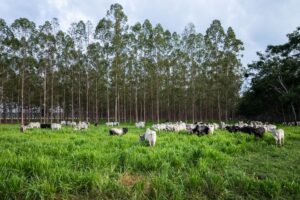
Restoring 40 million hectares of pasture could feed billions and ease pressure on the Amazon. Is the world paying attention?
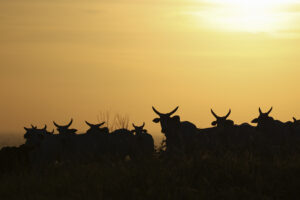
New mini-doc explores deforestation, food security and the Brazilian cattle sector’s path to a more sustainable future
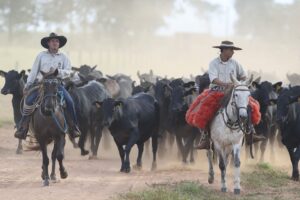
Mention Brazilian beef, and you’re likely to spark discussion about familiar themes: deforestation, emissions and blame. What do we find when we dig deeper? Here are the answers to five top questions about Brazil’s role in protecting the Amazon and feeding the world.
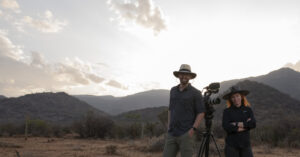
From science to the big screen: Discover how a single question grew into a global journey.
As climate change intensifies and the world’s population continues to grow, the pressure on our global food production system mounts. You can play an active role in shaping a more sustainable planet for future generations. Fill out the form below to learn more about how you can partner with us.
Receive notifications about the release date, new online content and how you can get involved